The steps to receiving a fibromyalgia diagnosis can take weeks, months, or even years – as in my case, but following these tips will help get a quicker diagnosis (or eliminate fibromyalgia sooner). These are in no particular order.
Is Fibromyalgia Real?
First and foremost, make sure your physician acknowledges fibromyalgia. If he/she does not, receiving a fibromyalgia diagnosis will take longer, if ever, to obtain. Many physicians recognize fibromyalgia as being a real condition, but there are still many who do not believe it is accurate.
Bottom line: Fibromyalgia IS real. It is up to you to voice what you are experiencing and help your body to heal. Don’t let anyone say what you are experiencing isn’t real or in your head. I know how much it hurts to hear someone say that to you.
Keep a pain log.
This is a crucial part of helping your physician determine the severity of the pain you are experiencing. In your journal, include the following (be specific for each item):
- the type of pain it is – stabbing, throbbing, dull
- where the pain is – right thigh, upper left shoulder, stomach, chest
- how long the pain lasts – fifteen minutes, one hour
- the severity of the pain – rate it a number based on a scale of one to ten, with one being no pain and ten being severe pain
- what time do you experience the pain – morning, one hour after waking up, fifteen minutes after dinner
- what you were doing when the pain started – sitting, washing dishes, walking
- weather for the day – sunny, raining, cold (yes, weather affects your pain levels)
- record any sensitivities to light, noise, taste, smell, temperature, or touch
Read more about how to describe your pain.
Keep a journal to track your emotions.
This can also be called your pain journal. Write down any anxieties, mood swings, or other emotions as they come on. Not only will this keep track of your feelings throughout the day, but it will also help you release any negativity or stress you may be experiencing.
Read more about the details of a pain journal.
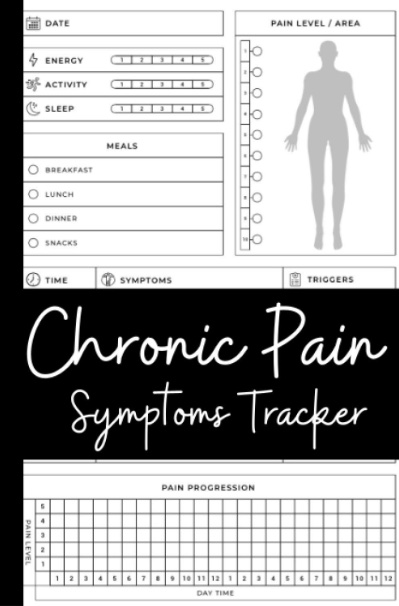

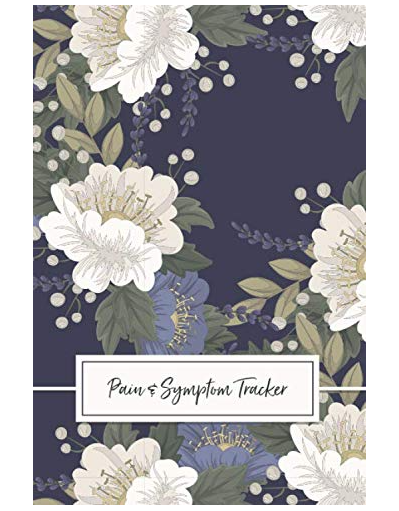
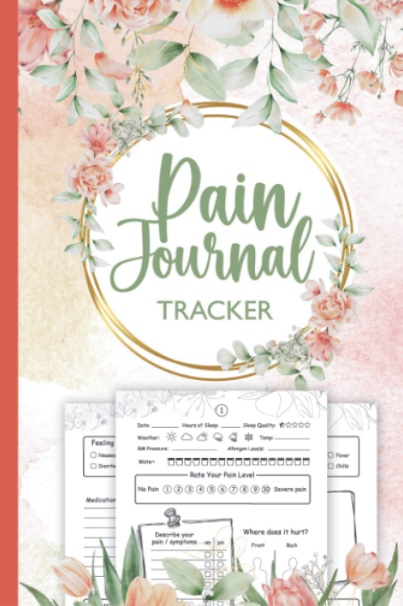
Track your sleeping habits.
Before tracking your nightly sleeping patterns, describe your sleeping area (e.g., bed, TV in the room, cool air, light shining in the window) and your nightly routine (e.g., brush teeth, read in bed for thirty minutes, watch TV in bed for one hour, turn off light, go to sleep). This will make you aware of both your sleeping area and your routine, which will help you better identify problematic areas.
In your journal, include the following (give your best approximate guess for each):
- what time you went to bed each night
- how long it took before falling asleep
- how many times you were awoken during the night
- how long you stayed awake when you did wake up
- the quality of sleep (restful, restless) you felt you got
- any pains that may have woken you during the night
- what time you wake up each morning
Read more about how to improve your sleep.
Keep a medical notebook.
This is a big one. It’s easy to forget any worries or questions you may have for your physician. In your notebook, write down any questions or thoughts you want to discuss with your physician. Keep it in your purse to help you remember those topics during your next appointment.
Request labs before your next appointment.
Tell your physician you suspect fibromyalgia and request any labs that can be conducted before your next visit. This will cut out one to four weeks of waiting.
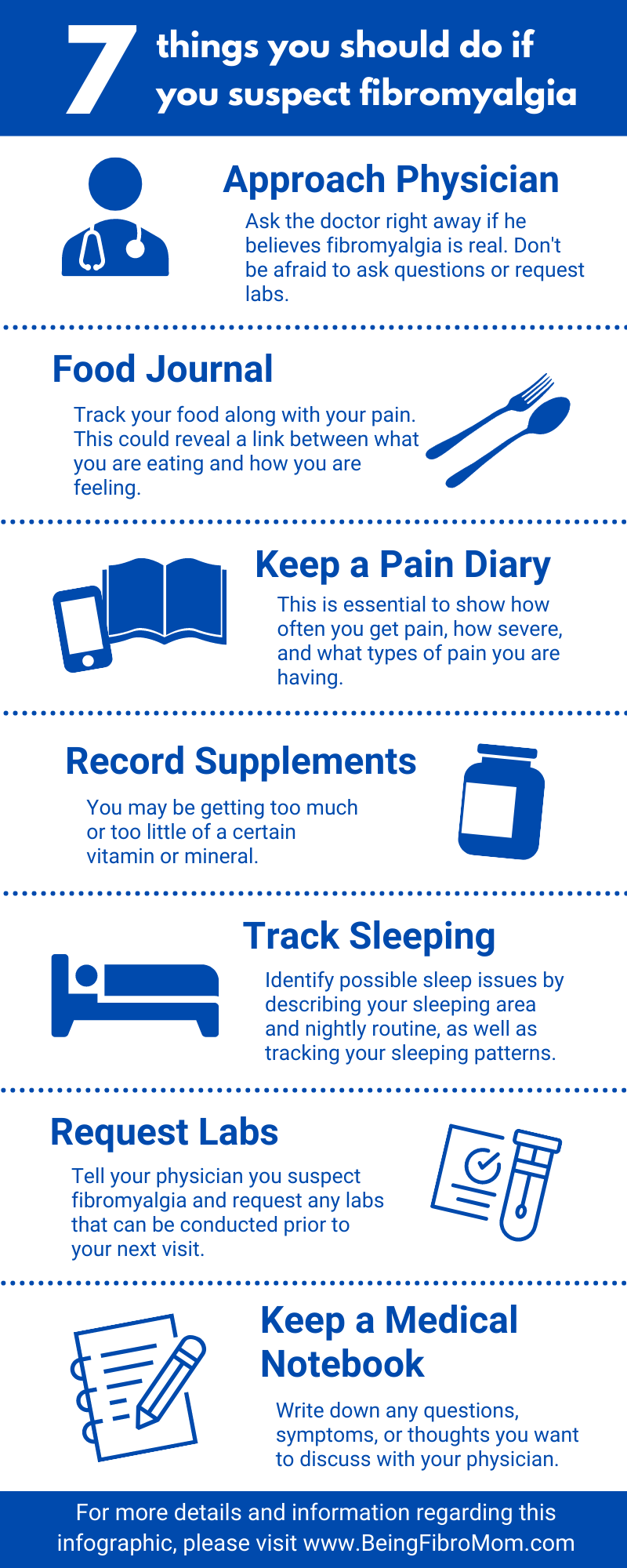
Keep a food journal.
Many foods affect pains in the body and can cause aches, pains, and other issues. For example, dairy negatively affects irritable bowel syndrome and inflames symptoms. Keeping a food diary will help your doctor link the pains you are experiencing to any foods you eat – if there is a link. This step will go along with the next tip of restricting your diet.
Many foods aggravate fibromyalgia symptoms. These foods include dairy, gluten, sugar, nightshade vegetables (eggplant, peppers, tomatoes, potatoes), simple carbs, and caffeine. Cut these foods from your diet for one week and note any changes. Reintroduce one type of food back into your diet one week at a time. Track any changes. Noting these changes will reaffirm which foods affect your pain levels and will help you during the healing process.
Read more about the elimination diet.

The Fibro Diet
According to research and other studies, some foods will relieve fibromyalgia symptoms, and other foods will worsen symptoms. It can be overwhelming to track which ones are to be avoided, which can be okay to consume in smaller amounts, and which foods should be avoided altogether. To make it easier, I’ve broken the foods into the good, the bad, and the ugly.
Record supplements.
Keeping track of your supplements, such as vitamins and minerals, will help your physician determine whether you are lacking or getting too much of a vitamin or mineral. Please make sure your supplements are safe.
How to Approach Your Physician
When you ask your physician about fibromyalgia, do not be afraid to ask questions. I’m sure you have lots of questions that led you to believe you have fibromyalgia, so ask your physician and tell him/her your concerns. (Remember to track your questions in your medical notebook.) He/she may also review the fibromyalgia diagnostic criteria with you. If you feel as though your physician is minimizing, dismissing, or mocking your pain, find a new physician.
When my mom was diagnosed with fibromyalgia many years ago, it came years after living with the symptoms. Even after her physician suspected fibromyalgia, she had to go through an even more protracted process of elimination to confirm the diagnosis. After living in pain for years because a physician told me that my pains were typical of being a mom and to “suck it up,” I finally voiced my concerns to my mom. She advised me of the above steps, and this aided me in the quicker diagnosis of fibromyalgia with a new physician, though reaching a diagnosis was still quite painful.
Read the article Transforming a PowerLESS Patient into a PowerFUL Patient.
It May Not Be Fibromyalgia
And that’s okay. However, a quicker diagnosis is not the only purpose of these steps. If enough evidence is presented, it will also help the physician quickly eliminate fibromyalgia. Often, fibromyalgia masks other chronic illnesses that are crucial in the healing process.
Once a diagnosis has been received, you can choose how to approach your healing journey. There are various ways to treat fibromyalgia, such as medicine (over-the-counter and prescription), physical therapy, acupuncture, natural, or a combination of several. The choice of healing is yours to make, along with the guidance of your physician. Do not choose anything you are not comfortable with or have not researched.
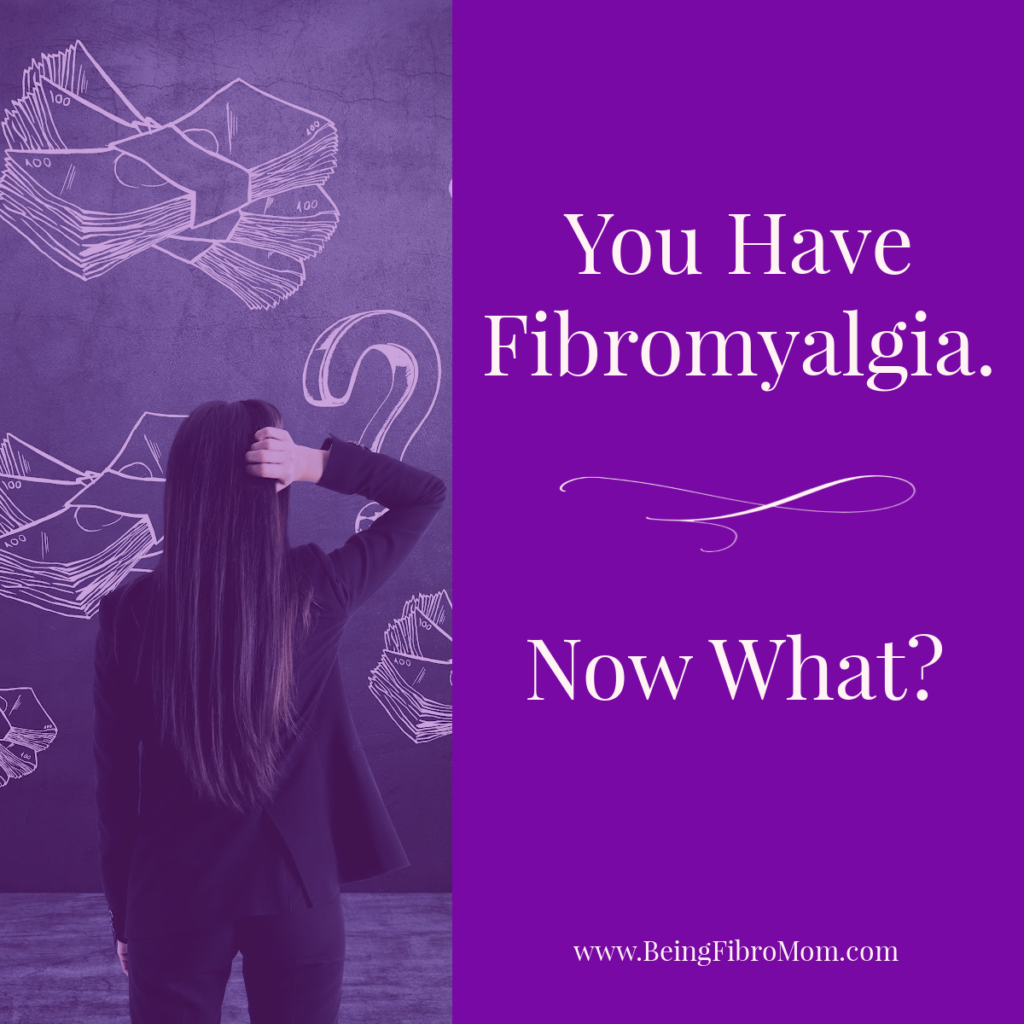

This is excellent, Brandi. The words that came to mind when I was reading it was, “It takes one to know one.” Then I totally laughed at the childhood expression. I pinned this to my fibro pinterest board. I know it will be helpful to so many.
Funny, but totally true! thanks for pinning and commenting!
I have been keeping a pain and food journal and it’s becoming increasingly clear how sugar and Gluten impact my pain. I appreciate these warning signs, I know many people who have RA also get Fibromyalgia so I need to be on top if symptoms should they arise. Thanks for sharing with Small Victories Sunday linkup. Pinned to our linkup board.
Gluten, dairy, and sugar are my foods to avoid. Terrible symptoms if I eat those!